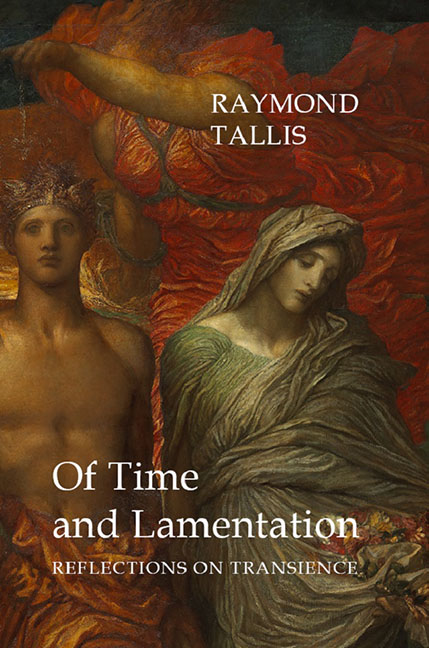Chapter 3 - Mathematics and the book of nature
Published online by Cambridge University Press: 09 August 2023
Summary
[The universe] is written in the language of mathematics, and its characters are triangles, circles, and other geometrical figures …
Galileo, The Assayer (extracted from Burtt, The Metaphysical Foundations of Modern Science, 85)Let no-one ignorant of geometry enter here.
Plato (inscribed at the entrance to his Academy)From place to decimal place 1: geometrization of space
This book is about time and yet much of the present chapter will be devoted to space. You are entitled to an explanation. The explanation is not to be found in the fundamental postulate of post-Einsteinian classical physics that, as Minkowski put it, “space by itself and time by itself will recede completely to become mere shadows, and only a type of union of the two will still stand independently on its own”. No, it reflects my belief that space and time are equally traduced by the scientistic assumption that the world seen through the eyes of quantitative science, in particular mathematical physics, is the world period. When time is thought of in quasi-spatial terms – due in part to its initially being made explicit through vision, the most spatial of the senses – this is not a triumph of space over time, but the first step towards the triumph of quantification, of number, over both space and time. Reduction to pure quantity finishes off what was started by the spatialization of time: the loss of time as it is experienced in our lives. The reduction of time to a one-dimensional space that can be mapped on to the line of real numbers was made possible by the prior quantification, more specifically geometrization, of space. Time reduced to a dimension – the Fourth Dimension – is ultimately time shrivelled to a quantity, to something which can not only be measured but is that measurement, so that the distinction between the duration of events, of the intervals between events, and the “when” of events is lost in their reduction to mere numbers. The initial focus in this chapter on the reduction of space to pure quantities, to pure extension, is not, therefore, a digression. To understand the fate of time in physics, we need to understand the scientific impoverishment of space, the denigration of the image of habitat as primitive clothing concealing a geometrical reality and, more generally, of the reality of our surroundings to a mathematical volume.
- Type
- Chapter
- Information
- Of Time and LamentationReflections on Transience, pp. 99 - 214Publisher: Agenda PublishingPrint publication year: 2017



